In 2014, its sales were nearly USD 89 bn, and in the second quarter of 2015, were up 20 per cent, reaching USD 23.18 bn. USD 100 bn in 2015 is within reach.
Along the way, it has become an expert in distribution. Today it operates 109 gigantic fulfillment centers in the US and nine other countries, which enable it to distribute its own products as well as those from two million third-party sellers which are based in 100 countries and whose products are bought by businesses and consumers in 185 nations. It reports that operating those fulfillment centers accounted for USD 10.7 bn of expenses last year.
One way in which Amazon distinguishes itself, and one of the reasons for its remarkable growth, is that it enables third-party sellers to store their products in its fulfillment centers. This means that consumers might buy a product from Amazon’s own inventory and also from that of one of its “sellers” and have both items shipped to them in a single shipment.
And by offering the products of more than two million third-parties, the company’s web site inventory clearly is the world’s largest and most diversified.
The company has been a stock market darling, but it has not been a profitable business, as its founder Jeff Bezos keeps investing in new things, such as developing a fleet of more than 15 000 robots to be used in its fulfillment centers in order to lower operational costs and improve efficiency. In its last fiscal year, the company recorded a loss of USD 241 mio, but in the second quarter of 2015, it did show a small profit.
The company made USD 55.4 bn in North American sales in 2014 and…

 Menü
Menü




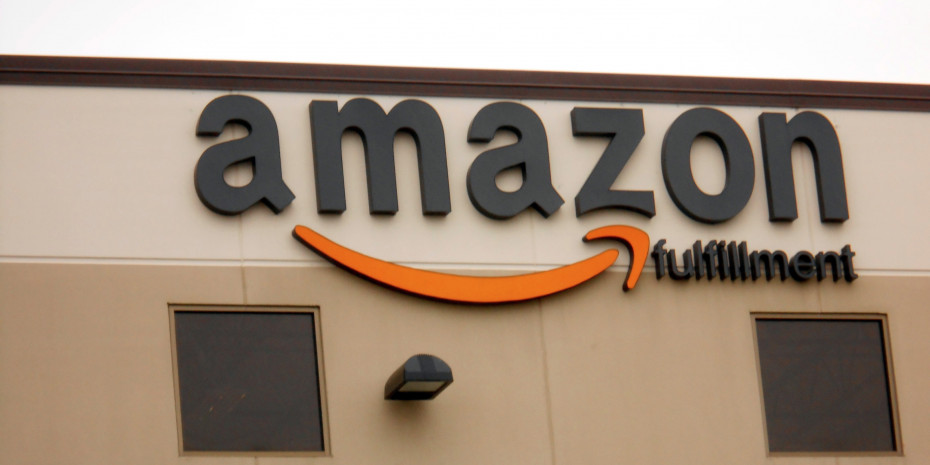


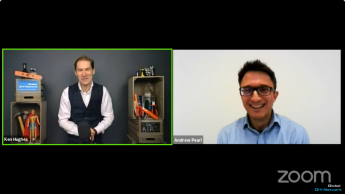
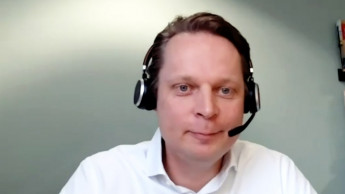
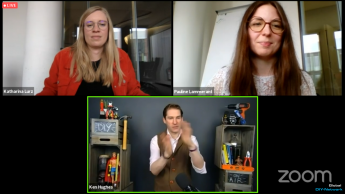
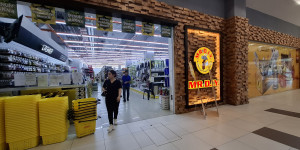
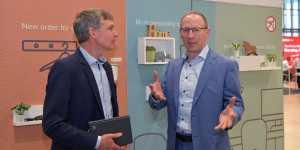

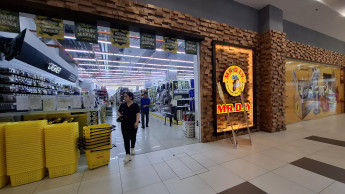
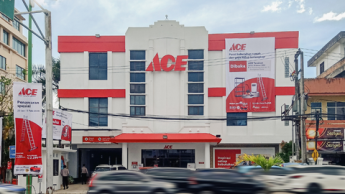
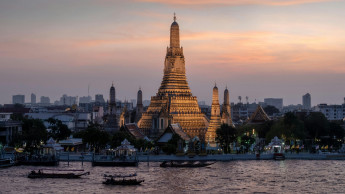
 Newsletter
Newsletter